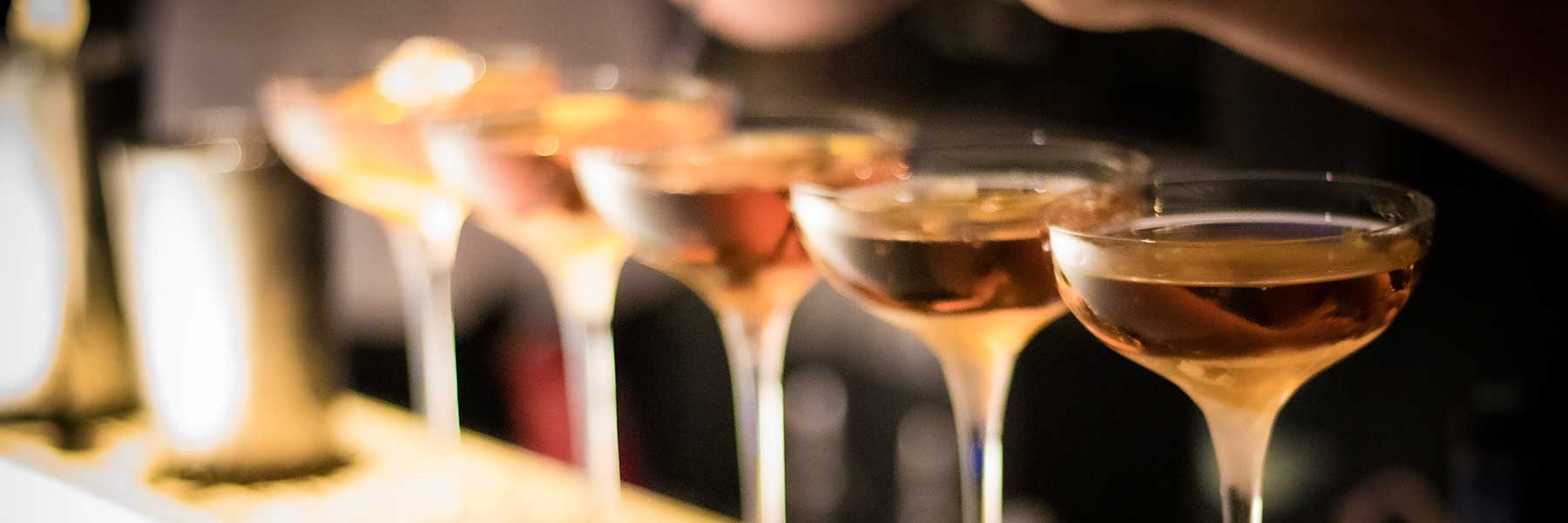
A liqueur is an alcoholic beverage made from a distilled spirit that has been flavoured with fruit, botanicals, herbs, spices, flowers or nuts, often with added sugar or other sweeteners.
Over the past few years, we’ve seen a significant shift in how Australian drinkers are engaging with the current alcohol landscape – where once beer and wine reigned supreme, a renewed interest in high quality spirits and cocktails has emerged, leading to exponential growth in the liqueur category.
Liqueurs have a rich heritage as medicinal elixir: even before sugar reached Europe, elixirs from complex blends of herbs and secret ingredients were being made to cure any and all illnesses. Because of the believed medicinal properties, liqueurs were most often produced by monks and alchemists, being called anything from the aforementioned elixir, to balms, oils, tonics, even aphrodisiacs and love potions.
Although some people drink liqueurs neat before or after dinner, they are most commonly used in cocktails, with most (if not all) popular cocktails containing at least one liqueur. Liqueurs contribute unique flavours that help balance cocktails and are essential in some of the world’s most iconic drinks – after all, what’s a white Russian or espresso martini without a coffee liqueur like Tia Maria?
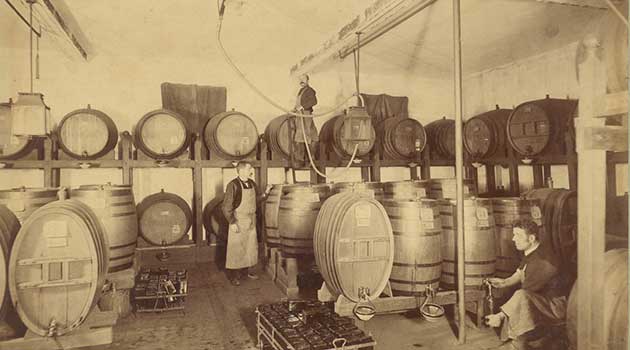
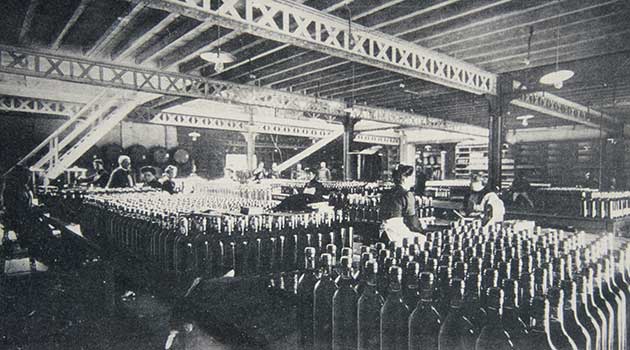
Liqueurs traditionally refer to sweet, flavoured, distilled liquor that has a proof usually ranging from 15-30% ABV. Liqueurs have been around for a long time, with the name liqueur originating from the Latin word ‘liquifacere’ meaning to liquefy. They are typically quite sweet because, unlike whisky or other spirits, the ageing process is comparatively very short, meaning the sugars are not burned off during production. Despite the shorter ageing process, after the ingredients are mixed, certain liqueurs may have resting periods during their production to allow flavours to marry. Most liqueurs have a lower alcohol content (15-30% ABV) than spirits, but there are exceptions with some containing as much as 55% ABV such as Green Chartreuse.
Although liqueur production varies depending on ingredients and region, they are generally created by combining a base alcohol such as wine, brandy or vodka with fruit or herbs, with modern versions even incorporating ingredients such as coffee or chocolate. The mixture is then sweetened using a sugar syrup.
Some liqueurs are prepared by infusing wood, fruit, or flowers in either water or alcohol and adding sugar or other items. Others are distilled from aromatic or flavouring agents. In the case of Cointreau, the liquid contains a combination of bitter orange and sweet orange peels in its recipe. The orange peels, once selected are steeped for 24hrs in the sugar beet neutral-based spirit and distilled to make an extremely concentrated spirit base. The orange liqueur is then combined with sugar and pure water then bottled at 40%ABV. Cointreau contains 1/3 the sugar of other triple secs in the market. This iconic French orange liqueur is a primary ingredient in the classic margarita, and is considered a must-have in every bartender’s arsenal.
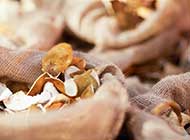
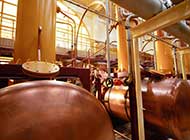

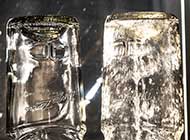
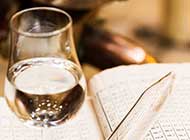
Licor 43 infuses ripe citrus fruit with 43 selected botanicals and spices and macerates it in a mixture of alcohol, water and sugars, allowing it to steep and release flavours and essential oils. Once the flavour has been achieved, the macerate is aged from 6 to 9 months to allow the flavours to further mellow and harmonise, leading to that great citrus taste. Licor 43 is known for its citrus, and vanilla taste, with underlying notes of spice and is commonly used in cocktails such as the Espresso 43 and mini beer 43 shot. Licor 43 also pairs well with coconut flavours, making it the perfect addition to a pina colada.
Disaronno is an Italian liqueur made from 17 different herbs and apricot kernels. Despite being an amaretto, Disaronno does not contain almonds but is used in classic amaretto cocktails such as the amaretto sour and other almond-flavoured drinks. The Reina family has closely guarded the secret formula for centuries, passing it from one generation to the next.
Tia Maria is a Coffee liqueur that, similar to Cointreau is often found in a bartender’s liquor collection due to its versatility. Tia Maria uses Arabica Coffee, Jamaican spiced rum and Madagascar Vanilla in its recipe, producing a delicious coffee liqueur which is lower in sugar than rival brands and dates back to the 17th Century. The sweet coffee flavour makes Tia Maria a perfect addition to cream or chocolate cocktails like mudslides.
There are many different types of liqueurs. However, they are generally created by combining a base alcohol with fruit or herbs, and modern versions can include ingredients such as coffee or chocolate.

Jägermeister is a dark, complex and mysterious liquid yielding a truly unique flavour. A botanical sweetness and a light note of citrus are harmonized by spiciness, yet accompanied by bitterness as well. Precise. Deep. Delicious.
Jägermeister is a precise blend of 56 mysterious herbs and specific spices, roots and blossoms created as a German Krauterlikor. This dark and complex liquid has a harmony of spiciness, sweetness and bitterness. Jägermeister pays homage to the history of herbal remedies and liqueurs. Unique. Deep. Delicious.
Learn more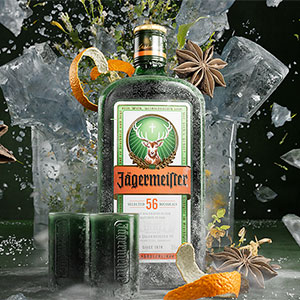

Limoncello is a sweet lemon liqueur that originates from the Campania region of Italy. It is traditionally made using the zest of the lemons grown in the Sorrentine Peninsula, the Amalfi coast, and on the island of Capri.
The Massa’s traditional family recipe dates back to 1890 and was made using fruits grown on the family lemon grove. In 1991, brothers Sergio and Stefano Massa founded the Villa Massa company to make this liqueur accessible to everyone while still remain true to the best tradition of the Limoncello of Sorrento.
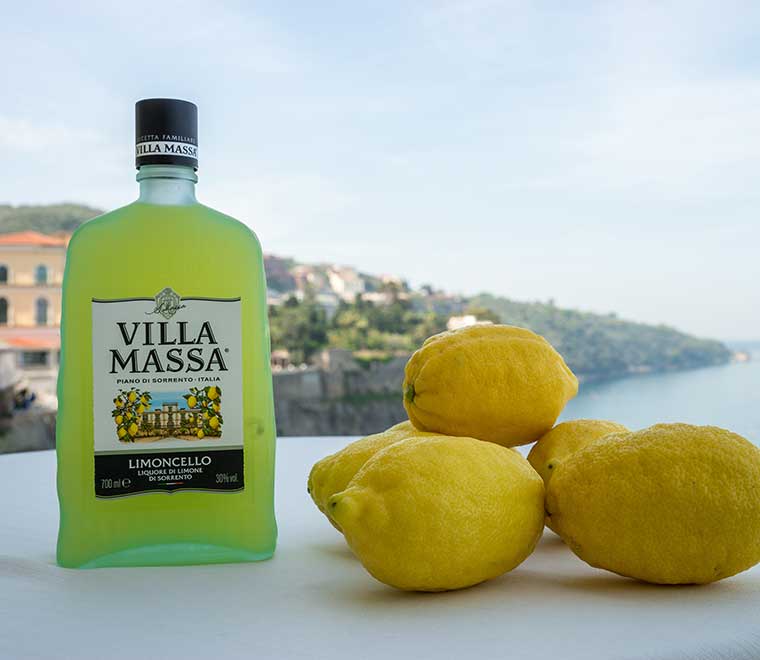

Tia Maria is a Premium Coffee Liqueur made with 100% Arabica Coffee Beans, Madagascar Vanilla and Jamaican Rum. It can be consumed straight over ice but is also a common ingredient in cocktails, such as the Tia Maria Espresso Martini or the White Russian.
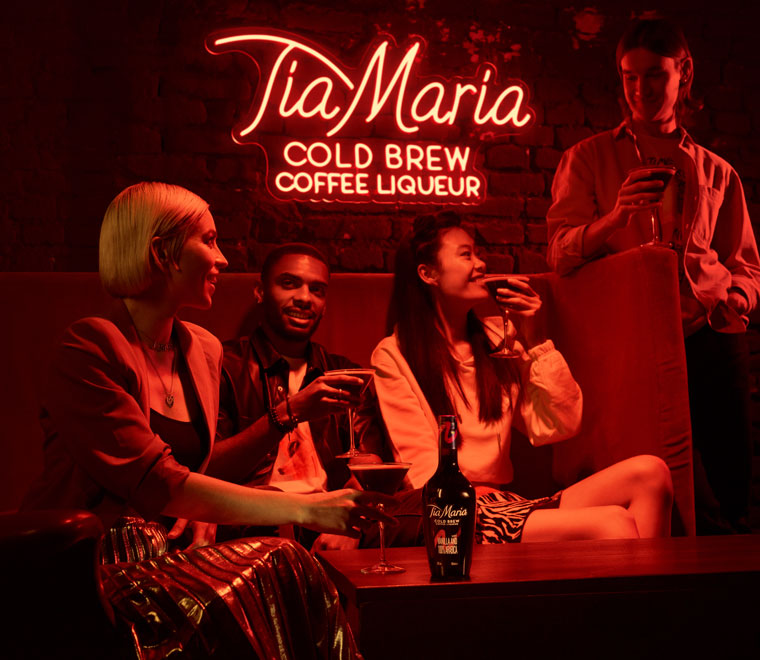

Green and Yellow Chartreuse are made from a secret recipe of 130 plants, flowers, bark, roots and spices and only two monks at Chartreuse know this secret recipe. These historic liqueurs have been produced by Carthusian monks in the French Alps using the same recipe since 1840.
Gaining popularity worldwide during the 1800s, by the end of the century, Chartreuse had firmly established the reputation of its fine liqueurs. The production was later moved from the monastery at La Grande Chartreuse to the Fourvoirie Distillery, which was unfortunately destroyed by a landslide in 1935. Since then Chartreuse has been manufactured in Voiron, France.
Learn more
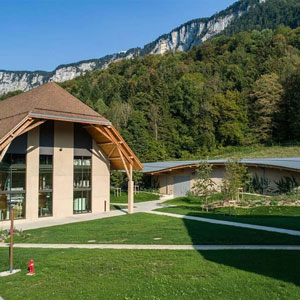

Cointreau’s history began in 1849 when brothers Edouard-Jean and Adolphe Cointreau, skilled confectioners, began to produce liqueurs using local fruits at their distillery in Angers, France. In 1875 Edouard, son of Edouard-Jean created the distinct squared bottle to house their signature liqueur – an orange liqueur of unparalleled excellence.
Cointreau is produced from both sweet and bitter orange peels sourced from the four corners of the world; the Americas to Asia, Western Africa to the Mediterranean.
Learn more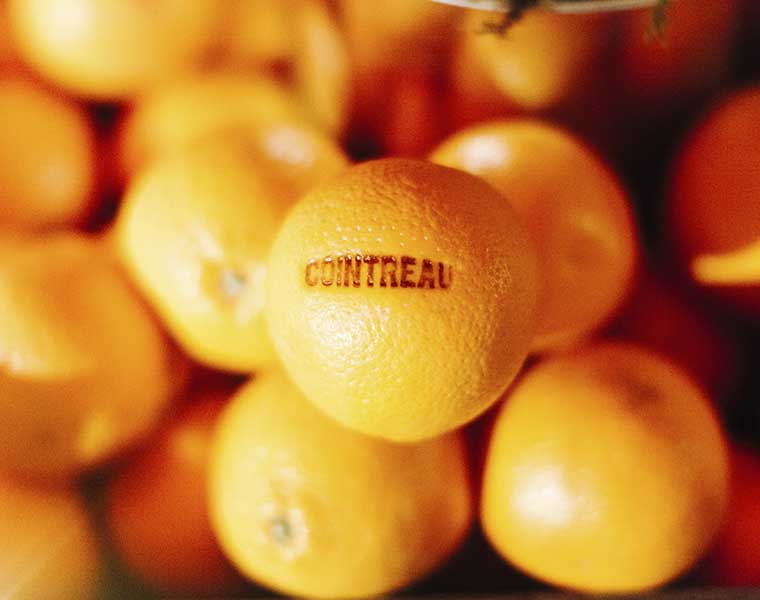

To this day, Disaronno is still made in Saronno, Italy, using a recipe that has not changed since 1525.
Disaronno is produced with only carefully selected ingredients such as the pure essence of 17 selected herbs and fruits soaked in apricot kernel oil. It is characterised by an unmistakeable amber colour due to caramelised sugar: no additives are used.
Learn more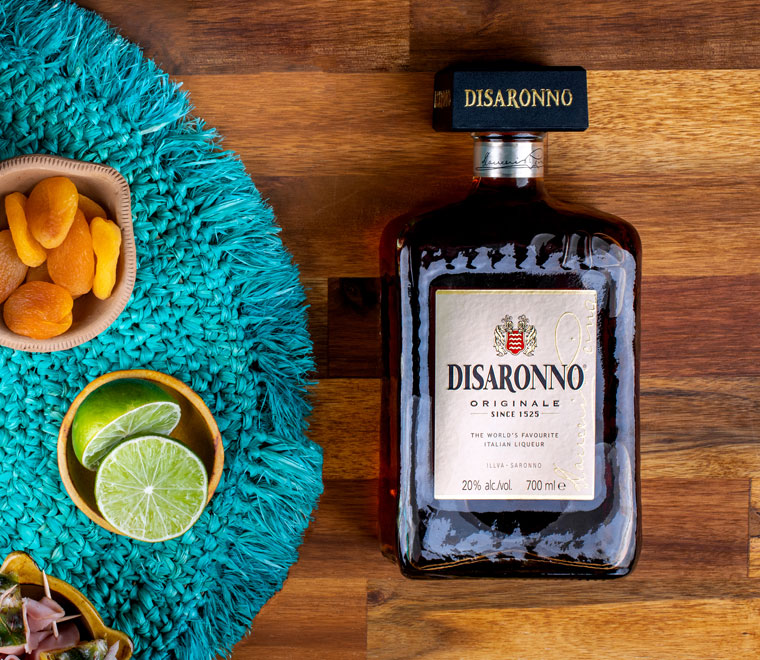
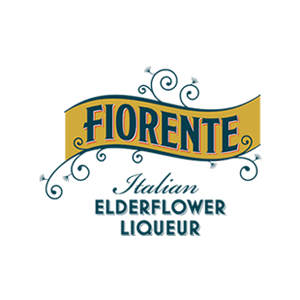
Fiorente is the leading brand of Italian elderflower liqueur and is made from wild elderflowers grown in the foothills of the Alps.
Learn more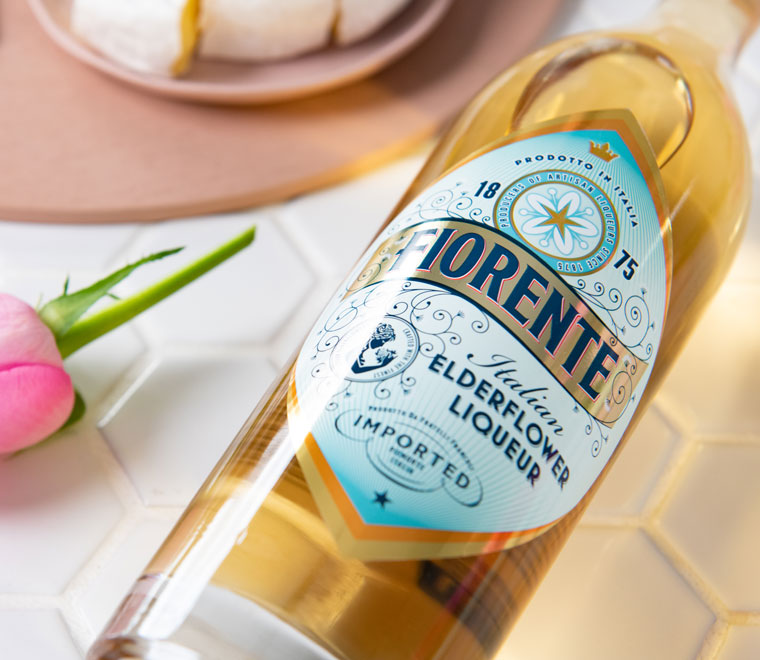
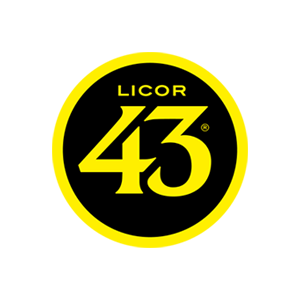
Spain’s most famous liqueur, Licor 43 is made from a secret 70-year-old family recipe of 43 natural ingredients including selected Mediterranean citrus fruits and botanicals. First released in 1946, Licor 43 is produced in its original home of Cartagena in south-eastern Spain: in fact, this is still the only place that Licor 43 is ever produced.
Learn more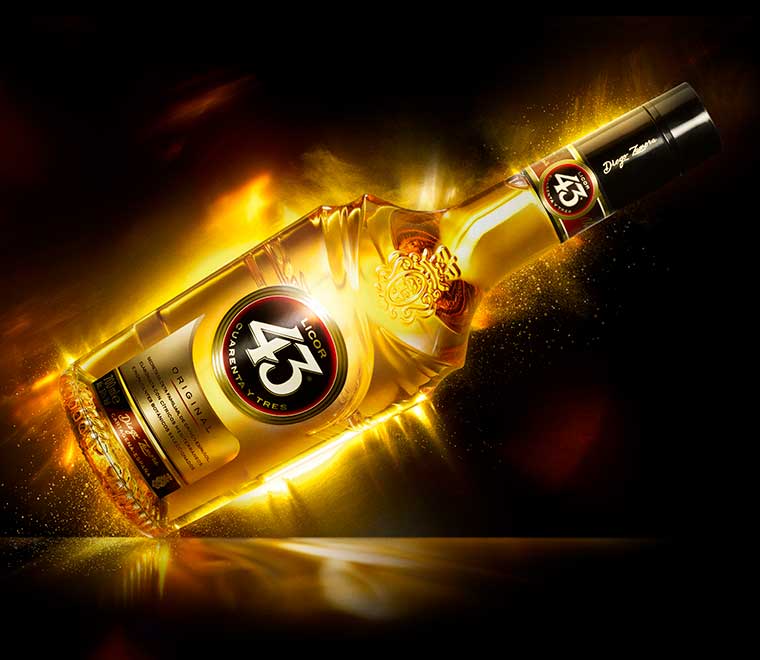

Ouzo is an original Greek spirit that is traditionally consumed more during summer, typically an appetiser, or an aperitif mixed with water or drunk neat. It is the perfect match for light seafood and fish.
Sophisticated and complex in character, Ouzo by Metaxa combines a uniquely rich flavour with the authentically Greek heritage of Metaxa.
Learn more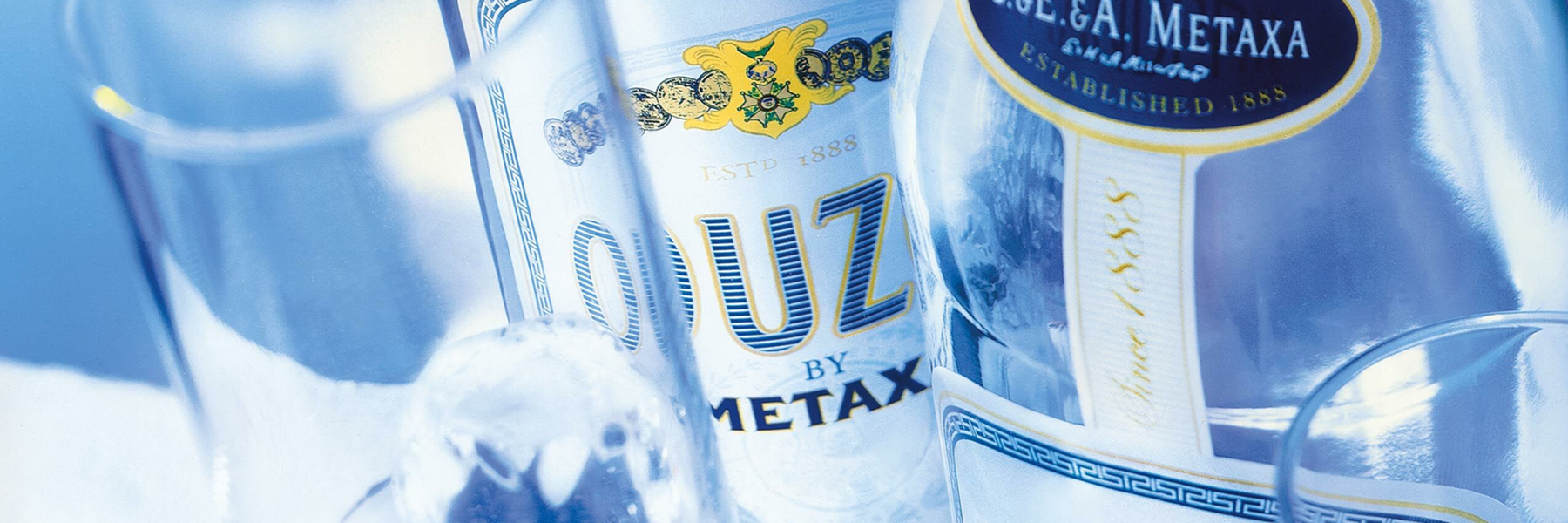
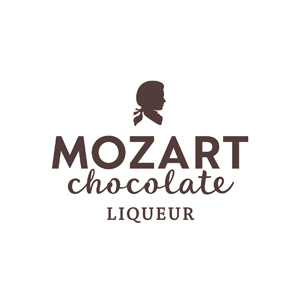
Mozart chocolate liqueurs are a homage to Mozart and to his birthplace, Salzburg. Behind every single bottle stands 150 years of experience of the spirits industry. Continuous improvement and the unremitting passion for innovation have made the brand what it is today – the global market leader in chocolate spirits.
Mozart chocolate liqueurs are renowned as the best way to enjoy chocolate. And many cocktail recipes call on these fine Salzburg liqueurs for their unmistakable chocolate notes.
Learn more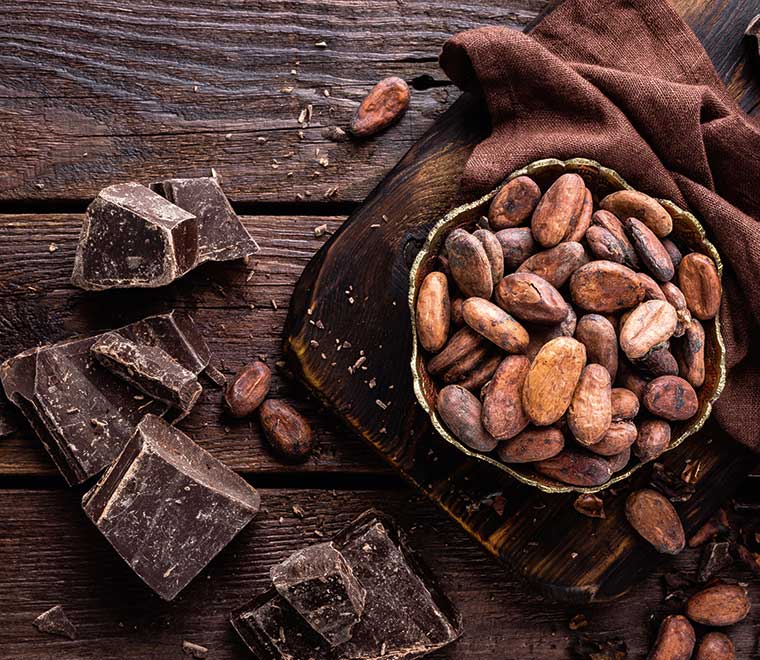

Sambuca is liqueur made from anise and originates in Italy. The liqueur usually contains green anise and star anise.
Opal Nera is a premium Sambuca liqueur with an intriguing, fresh, and smooth profile, from all-natural ingredients.
Learn more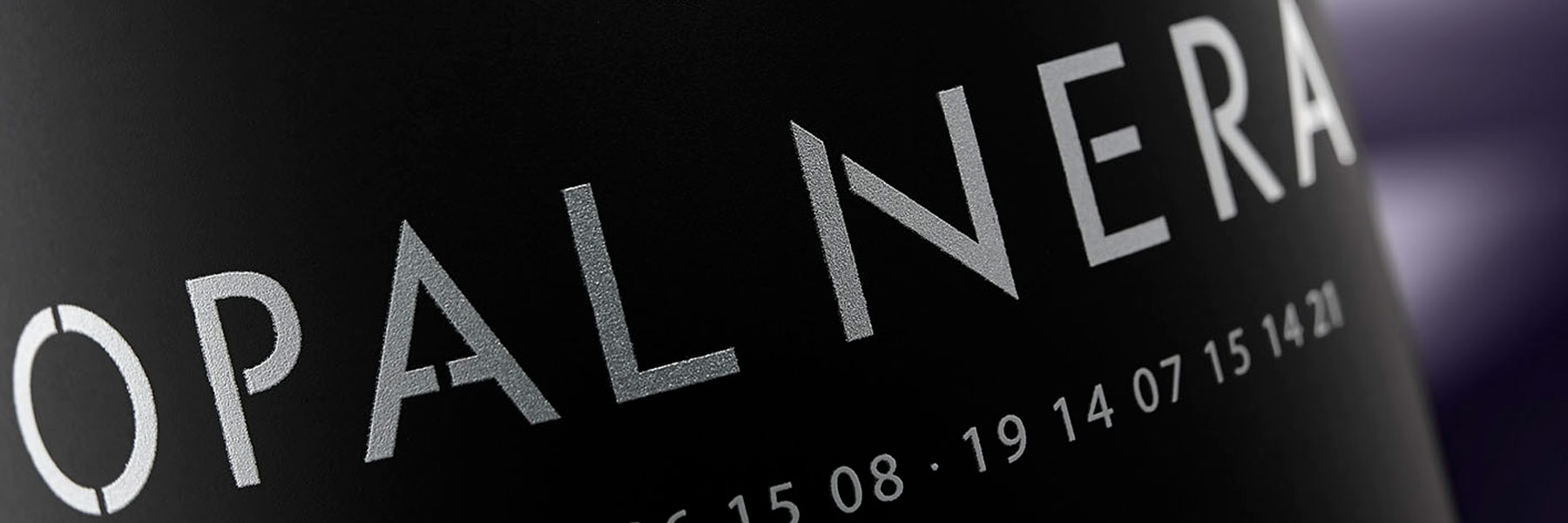

Brazil’s robust Passoã liqueur, with its luscious red colour, reveals a tangy fruit flavour. Based on passionfruit, or ‘maracuja’ in Portuguese, it is the perfect ingredient for tropical cocktails in Australia’s summer heat.
Learn more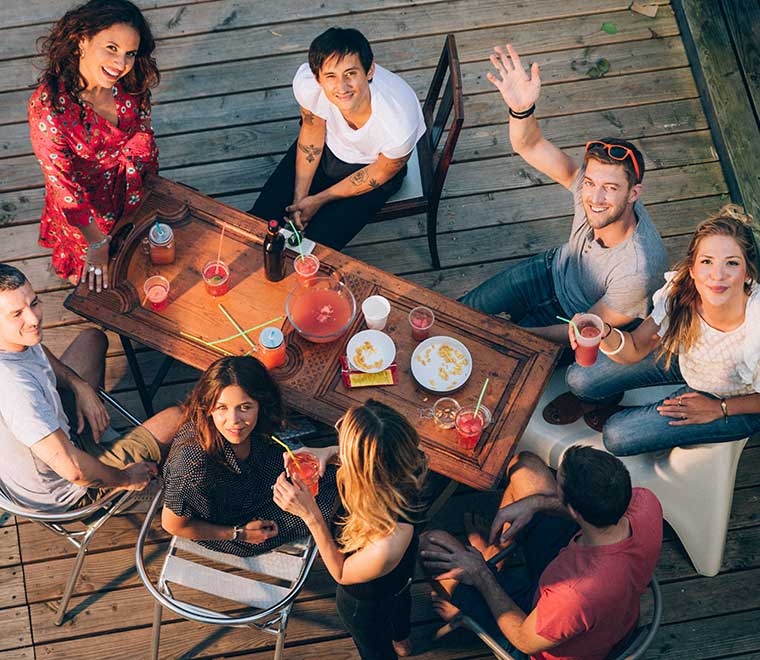












You must be of legal drinking age to enter this website. This website uses cookies.
By entering our website, you agree to our Terms and Conditions and Privacy Policy.
You must be of legal drinking age to enter this website.